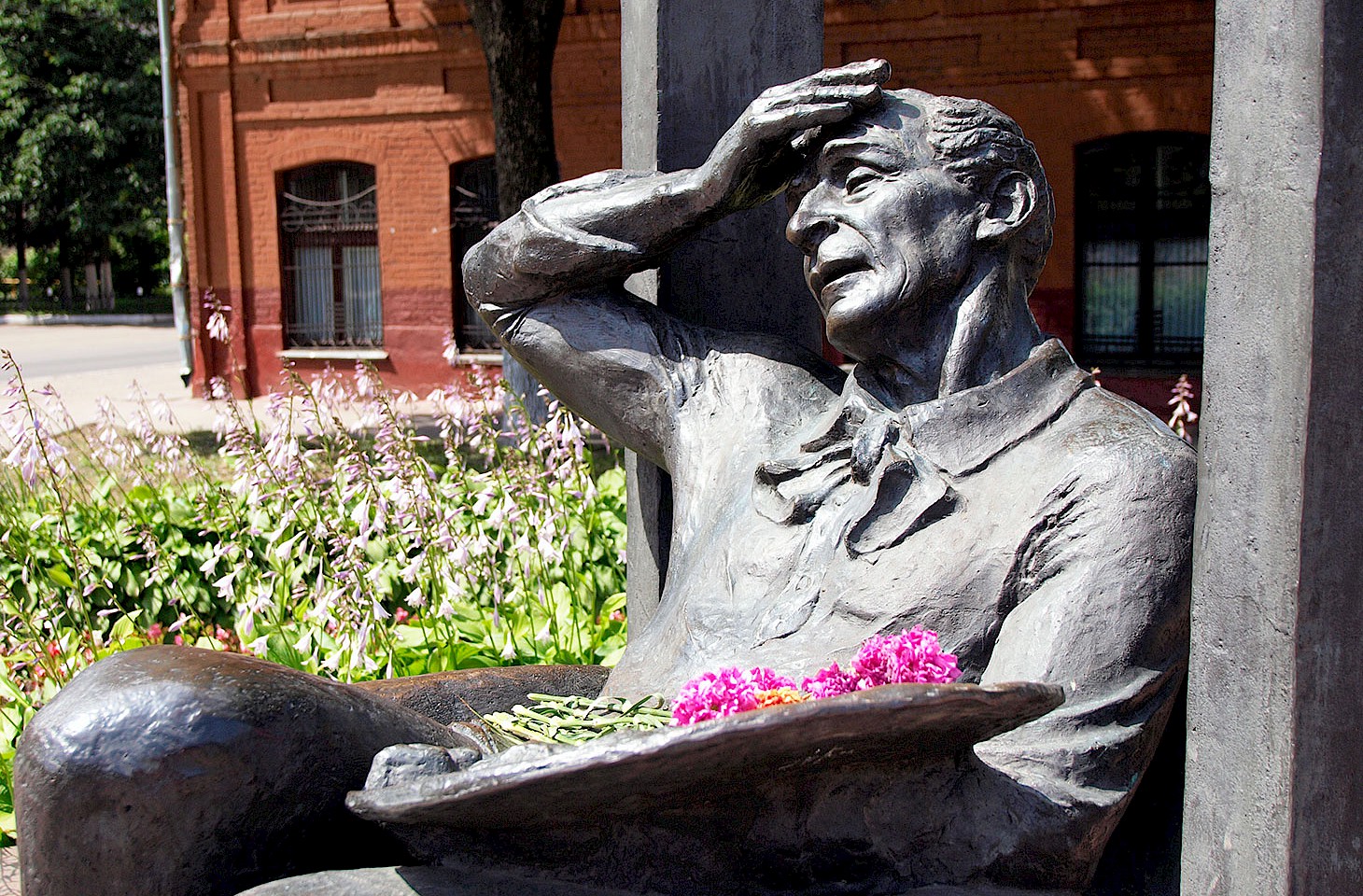Dear fellow travellers
The death of Simon Wiesenthal last month is yet another reminder, if ever one were needed, that many parts of Europe cannot shed their troubled histories. Wiesenthal was born near Polish Lwów, the handsome city now known as L'viv in Ukraine. In our travels through this Carpathian region, we are so often struck by the sheer number of movers and shakers in the modern world who come from this rather forgotten corner of Europe - the hills and valleys where the borders of modern Ukraine, Slovakia, Hungary and Romania converge. Elie Wiesel, the celebrated Nobel Prize winner and author of some of the most haunting literature to have emerged from the Holocaust years, was brought up in Sighetu Marmatiei, a smallish community in the Tysa valley in Romania, and just a stone's throw from the Ukrainian border.
Sighetu is no longer the Jewish shtetl it would have been in Elie Wiesel's youth, but it remains nonetheless a consumingly interesting place. The synagogue still stands intact on Strada Basarabia, a striking late nineteenth-century building newly repainted in delicate shades of ochre and cream. Just five minutes away is Elie Wiesel's childhood home, which three years ago opened as a museum. It is, of course, as uncompromising as Wiesel's writing, a potent reminder of the great voids left in Carpathian life by the disappearance of the region's Jewish population.
Sapanta cemetery
This is an easy region to get around, despite being off the beaten track. There is good public transport and, for those with access to a car, roads are very well signed. As everywhere in Romania, you sometimes wish that some of the funds used to erect road signs might be diverted to fill potholes. Visitors to Elie Wiesel's birthplace looking for a lighter approach to history could do worse than to make their way to the nearby small town of Sapanta, where there is one of the strangest cemeteries we have ever run across.
For there, around Sapanta's simple church, is a collection of some hundreds of graves with carved wooden memorials, for the most part painted blue. For forty years, from the mid 1930s until his death in 1977, Sapanta's Stan Patras developed an unusual line in funerary art, decorating the graves with witty epitaphs and cartoon-like scenes that captured memorable moments from the life of the deceased. Patras' apprentices have continued the tradition, ensuring that Sapanta's cemetery remains a living memorial to the community's recent history.
This happy assemblage of vignettes says something about attitudes to death in this Maramures region of northern Romania. These are places that have long since learnt to laugh at the Grim Reaper, and perhaps it is exactly that ambiguous Muramures approach to life and death that makes Elie Wiesel one of the most important voices to have reached out from this beautiful Carpathian region. "To remain silent and indifferent is the greatest sin of all...", wrote Elie Wiesel. Visit the Merry Cemetery (Cimitirul Vesel) in Sapanta for an insight into a society that is certainly neither silent nor indifferent when it comes to handling the skeletons of history.
hidden europe returns to the Tysa valley in our November issue when we visit Dilove, just over the Ukrainian border, and track down an interesting memorial.


